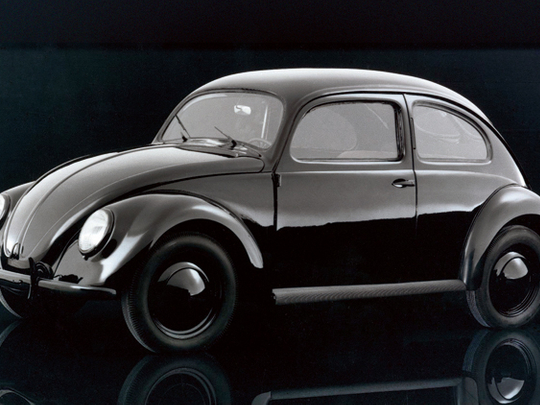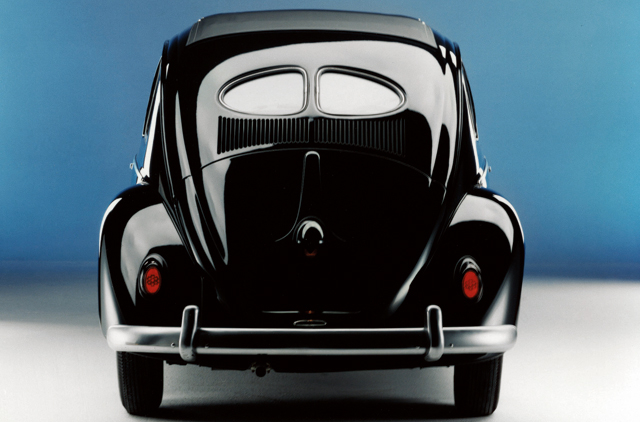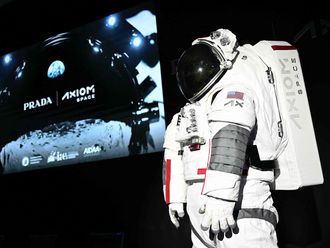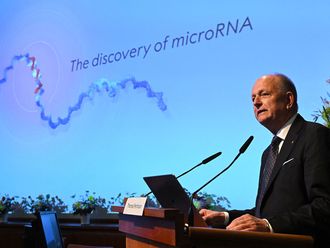
Fascinated by the success of Henry Ford's Model T in the US, Hitler set Ferdinand Porsche a design challenge. It was to build a car that could carry five adults, drink no more than seven litres-per-100km and be priced the same as a motorbike. Two funny-looking concepts (the Zündapp Type 12 and NSU Type 32) and the Second World War passed before the Volkswagen Beetle hit autobahns all over Germany.
Referred to as the ‘Beetle' because of its bug-like shape, it had a two-door body, was rear-wheel drive, had an air-cooled flat four boxer engine and featured a split rear window. The initial design dated back to 1938 but the war put paid to full blown production. It was available in limited supply and reserved mostly for Nazi elite. It wasn't until 1945 that the bug took off.
With a top speed of 115kph from the standard 1.1-litre flat-four, it was faster and more comfortable than most other small European cars of the same period. Engines ranged from the 1.1 all the way to a 1.6-litre with a four-speed manual or three-speed clutchless auto. The early Beetles looked great but four years later, coachbuilders Hebmüller And Sons customised one and it became one of VW's best models. 2,000 sporty two-seater convertible Hebmüllers were built but it wasn't until the mid Fifties that the Beetle hit the big time.
VW did away with the oval two-piece window in the Fifties, opting for a single piece which was again replaced by a larger full width window. It's those split window cars that really excite collectors. Good examples typically start from $22,500 (Dh82,647) today.
During the Sixties, the side windows and windscreen became bigger while cabin space also grew as did horsepower. Its 1.5-litre was now rated at 50bhp. The Super Beetle in 1971 had a MacPherson strut suspension, rounder fenders and a 1.6-litre engine with 60bhp. It received mixed reviews, some calling it beautiful and sporty and others saying it was ugly or looked pregnant.
The Seventies saw countless special edition Beetles including the Sports Bug, Love Bug, Fun Bug and La Grande Bug. There was one special edition truly worthy of the title — the Jubilee Beetle. This one celebrated over twenty million total VW sales worldwide and 15,000 were produced. Revised again in 1973, the Super Beetle incorporated some drastic changes. Gone was the traditional flat dash since 1958 in favour of a padded, full sized one. The idea was to house future air bags and help improve ventilation inside the Bug. Also new were much bigger taillights, known inside Beetle circles as ‘elephant's feet.' It took a while for fans to get used to them compared to the stylish and much smaller ‘tombstone' tail lights that preceded them.
The Sports Beetle was particularly fetching, wearing red and black stripes, five-inch silver Lemmertz GT alloys, bucket seats, a leather sports steering wheel and gearshift knob.
VW relied far too heavily on the Bug and when sales began plummeting, out came the front-wheel drive, water-cooled Golf. It was as popular as the Beetle, which ceased production in Germany in 1978, moving to Mexico, Brazil and other countries as knockdown kits. The last one, number 21,529,464, rolled off the assembly line at Puebla, Mexico in July 30 2003.
But, that wasn't the end. Back in 1997, the New Beetle — a modern interpretation of the original — had already hit the streets. It didn't go down too well but the improved second generation looks like a step in the right direction.













